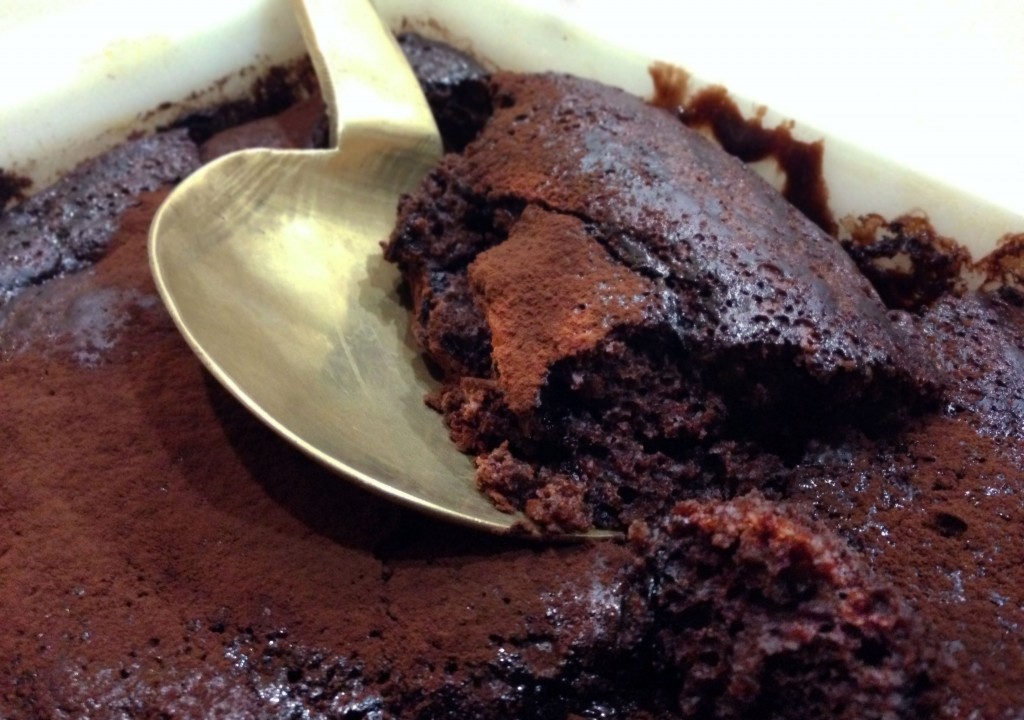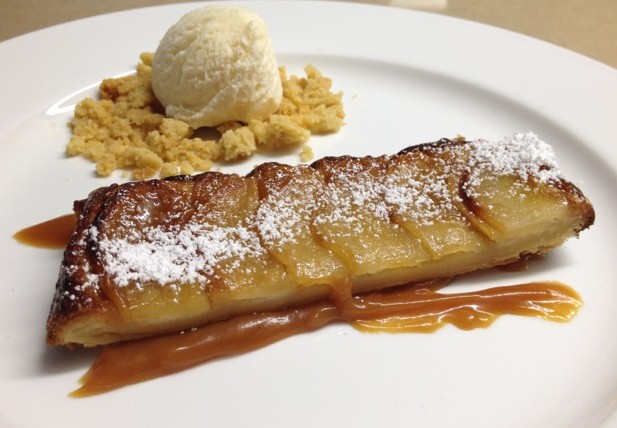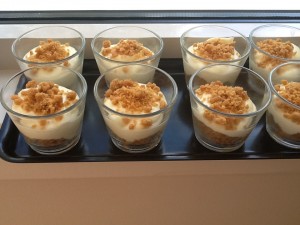When I was growing up in England a trifle was always served for special occasions – birthdays, high days and holidays and if we were entertaining special guests. If someone served trifle you knew you were getting the right royal treatment. The basic combination was always sponge fingers, a splash of sherry, fruit, raspberry jelly made from a packet, custard – the instant Bird’s Eye variety – and whipped cream.
Many years ago my friend Daphne served a real raspberry jelly and I was blown away. Made from sieved raspberries, sugar and gelatine, it was nothing like the packet variety. So when I make a trifle these days I make real raspberry jelly and crème anglaise, instead of the fake custard of my youth. If you’re in a hurry use a couple of packet of bought raspberry jelly – see the notes.
You can use fresh or frozen raspberries to make the jelly. I usually use frozen berries as they’re cheaper and available all year round. You just need a few fresh ones to garnish – which in this photo came from our garden – and I added a few strawberries to add a touch of green. I prefer not to add sherry, as my mother always did, as I don’t want anything to detract from the intense raspberry flavour of the jelly.
Funny how the French call custard crème anglaise, when many Brits grew up on the packet variety as I did. British housewives got used to using Bird’s Eye custard powder during WW2, when eggs were rationed and hard to come by. In my recipe for crème anglaise I use whole eggs rather than just the yolks, so I add some cornflour because you want the custard to be nice and thick.
The end result is even more delicious than my childhood memories. Suffice it to say that Matthew, who was put off British desserts such as custard, rice pudding and tapioca as a result of spending several years at boarding school in England, comes back for second helpings.

Base:
8 lady finger (Savoiardi) sponges
1 large can peach halves or slices in natural juice
or 4 large fresh peaches or nectarines, peeled and halved
Jelly:
1 kg raspberries, fresh or frozen
3-4 Tbs sugar, or to taste
2 Tbs powdered gelatine
Crème Anglaise:
1 cup cream (250 ml)
2 cups milk (500 ml)
2 to 4 Tbs sugar, to taste (I use 1 Tbs)
2 tsp vanilla essence
4 eggs
3 Tbs cornflour
To finish:
250 ml whipping cream
Fresh raspberries to garnish (+ a few strawberries if liked)
Start the trifle the day before serving.
Base: Arrange lady fingers in the bottom of a glass dish – see note below. They might fit better in your dish if you cut them in halves. Arrange the peaches over the sponge. I used peach halves and arranged them around the edge of the dish standing up, with the cut faces against the glass. If using fresh peaches they need to be very ripe and peeled.
Jelly: Thaw raspberries if frozen. Push them through a sieve, discarding any pulp which won’t go through. Add enough water to the raspberry juice/puree to make up to 800 ml and sweeten to taste. Sprinkle gelatine over half a cup of water then zap in the microwave to dissolve. Mix gelatine mixture into raspberry mixture, then pour gently over the peaches and sponge fingers. The sponge fingers will float to the top, but keep pushing them under so they soak up the jelly. Refrigerate until set.
Crème anglaise: In a non-stick saucepan heat cream, milk, sugar and vanilla essence until almost boiling. Beat eggs and cornflour with a balloon whisk in a bowl, then pour in the hot cream mixture and whisk to combine. Pour back into the saucepan and continue to cook, stirring constantly with a wooden spatular which has a flat base, until the custard has thickened and will coat the back of the spatular. Be careful as you don’t want scrambled eggs. Cool a bit then carefully pour over the raspberry jelly. Cover and chill overnight.
To finish: Whip cream until thick – it should double in volume – then carefully dollop over the top of the trifle. Decorate with fresh berries.
Serves 8-10
Variations: use strawberries instead of raspberries in the jelly.
Instead of making the raspberry jelly you could place the fruit on top of the sponge layer (300g raspberries will be enough) then make up 2 packets of bought raspberry jelly and pour that over. Use fresh or frozen raspberries or strawberries and some canned or fresh peach halves, or leave out the peaches altogether and just use berries.
Note: the dish I used in the photo was a bit small. A larger one with a wider mouth would have made the trifle less deep and easier to serve. It was a bit difficult to get to the bottom layer, but we managed!










